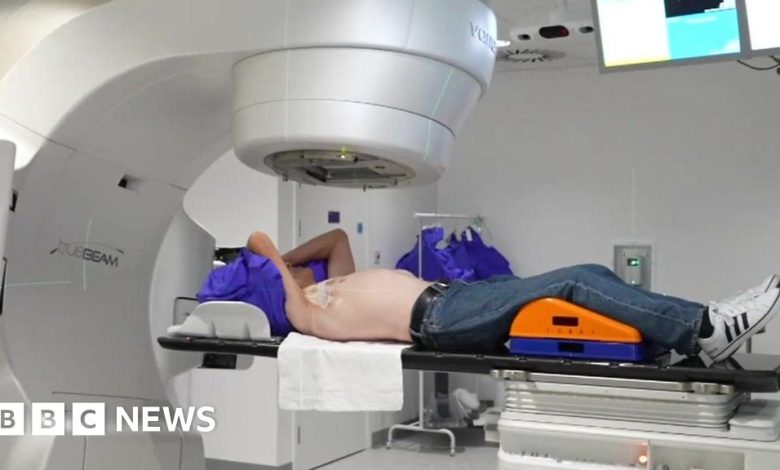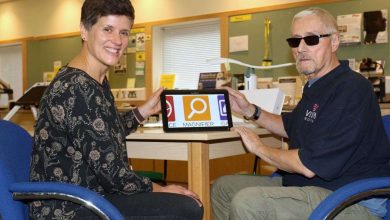Norwich and Cambridge hospitals get new radiotherapy equipment

Radiotherapy, the use of powerful X-rays to target and kill cancer cells, has undergone a significant innovation with the introduction of Surface Guided Radiation Therapy (SGRT). In the past, therapeutic radiographers had to make small tattoos on a patient’s skin to pinpoint exactly where to deliver treatment for multiple appointments, without damaging healthy tissue. However, SGRT technology eliminates the need for these tattoos by using cameras to monitor a patient’s position and ensuring that the machines cut out if the patient moves out of position. This advancement has greatly improved the efficiency of the treatment process, allowing patients like 68-year-old John Starling from Norfolk to have a quicker and more comfortable experience.
One of the key benefits of SGRT is the precision it offers in delivering radiotherapy treatment. By constantly monitoring the patient’s position using cameras, the technology ensures that the radiation is accurately targeted at the cancer cells while avoiding damage to healthy tissue. This level of accuracy not only improves the effectiveness of the treatment but also reduces potential side effects for the patient. As John Starling described, the old technology required significant adjustments and movements before the treatment could be administered, leading to a longer and more cumbersome process. With SGRT, patients can be quickly and efficiently set up on the bed, ensuring that they receive the necessary treatment without unnecessary delays.
Another advantage of SGRT is the enhanced comfort and convenience it provides to patients undergoing radiotherapy. By eliminating the need for tattoos and streamlining the setup process, SGRT allows patients to spend less time on the treatment bed and reduces the overall duration of their appointments. This not only reduces the physical discomfort associated with staying still for extended periods but also makes the treatment experience more tolerable for patients. For individuals like John Starling, who have undergone radiotherapy using both the old and new technologies, the difference in comfort and efficiency is significant, highlighting the positive impact of SGRT on patient experience.
Overall, the introduction of SGRT in radiotherapy represents a significant advancement in cancer treatment technology. By combining precision monitoring with automated adjustments, this technology ensures that patients receive accurate and effective radiotherapy treatment while minimizing side effects and discomfort. The streamlined setup process and elimination of tattoos have also improved the overall patient experience, making treatment sessions quicker and more convenient. As technology continues to evolve, innovations like SGRT are likely to play a key role in improving outcomes and quality of life for cancer patients undergoing radiotherapy.








